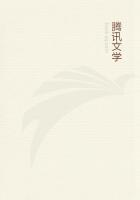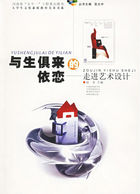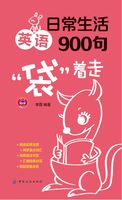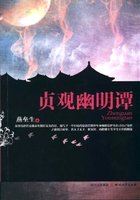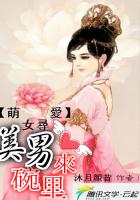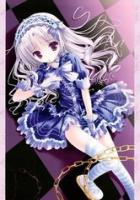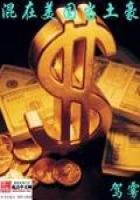GRAHAM BELL.
The first to produce a practicable speaking telephone was Alexander Graham Bell. He was born at Edinburgh on March 1, 1847, and comes of a family associated with the teaching of elocution. His grandfather in London, his uncle in Dublin, and his father, Mr. Andrew Melville Bell, in Edinburgh, were all professed elocutionists. The latter has published a variety of works on the subject, several of which are well known, especially his treatise on Visible Speech, which appeared in Edinburgh in 1868. In this he explains his ingenious method of instructing deaf mutes, by means of their eyesight, how to articulate words, and also how to read what other persons are saying by the motions of their lips. Graham Bell, his distinguished son, was educated at the high school of Edinburgh, and subsequently at Warzburg, in Germany, where he obtained the degree of Ph.D. (Doctor of Philosophy). While still in Scotland he is said to have turned his attention to the science of acoustics, with a view to ameliorate the deafness of his mother.
In 1873 he accompanied his father to Montreal, in Canada, where he was employed in teaching the system of visible speech. The elder Bell was invited to introduce it into a large day-school for mutes at Boston, but he declined the post in favour of his son, who soon became famous in the United States for his success in this important work. He published more than one treatise on the subject at Washington, and it is, we believe, mainly through his efforts that thousands of deaf mutes in America are now able to speak almost, if not quite, as well as those who are able to hear.
Before he left Scotland Mr. Graham Bell had turned his attention to telephony, and in Canada he designed a piano which could transmit its music to a distance by means of electricity. At Boston he continued his researches in the same field, and endeavoured to produce a telephone which would not only send musical notes, but articulate speech.
If it be interesting to trace the evolution of an animal from its rudimentary germ through the lower phases to the perfect organism, it is almost as interesting to follow an invention from the original model through the faultier types to the finished apparatus.
In 1860 Philipp Reis, as we have seen, produced a telephone which could transmit musical notes, and even a lisping word or two; and some ten years later Mr. Cromwell Fleetwood Varley, F.R.S., a well-known English electrician, patented a number of ingenious devices for applying the musical telephone to transmit messages by dividing the notes into short or long signals, after the Morse code, which could be interpreted by the ear or by the eye in causing them to mark a moving paper. These inventions were not put in practice; but four years afterwards Herr Paul la Cour, a Danish inventor, experimented with a similar appliance on a line of telegraph between Copenhagen and Fredericia in Jutland. In this a vibrating tuning-fork interrupted the current, which, after traversing the line, passed through an electro-magnet, and attracted the limbs of another fork, making it strike a note like the transmitting fork. By breaking up the note at the sending station with a signalling key, the message was heard as a series of long and short hums.
Moreover, the hums were made to record themselves on paper by turning the electro-magnetic receiver into a relay, which actuated a Morse printer by means of a local battery.
Mr. Elisha Gray, of Chicago, also devised a tone telegraph of this kind about the same time as Herr La Cour. In this apparatus a vibrating steel tongue interrupted the current, which at the other end of the line passed through the electro-magnet and vibrated a band or tongue of iron near its poles. Gray's 'harmonic telegraph,' with the vibrating tongues or reeds, was afterwards introduced on the lines of the Western Union Telegraph Company in America. As more than one set of vibrations--that is to say, more than one note--can be sent over the same wire simultaneously, it is utilised as a 'multiplex' or many-ply telegraph, conveying several messages through the same wire at once; and these can either be interpreted by the sound, or the marks drawn on a ribbon of travelling paper by a Morse recorder.
Gray also invented a 'physiological receiver,' which has a curious history. Early in 1874 his nephew was playing with a small induction coil, and, having connected one end of the secondary circuit to the zinc lining of a bath, which was dry, he was holding the other end in his left hand. While he rubbed the zinc with his right hand Gray noticed that a sound proceeded from it, which had the pitch and quality of the note emitted by the vibrating contact or electrotome of the coil. 'Iimmediately took the electrode in my hand,' he writes, 'and, repeating the operation, found to my astonishment that by rubbing hard and rapidly I could make a much louder sound than the electrotome. I then changed the pitch of the vibration, and found that the pitch of the sound under my hand was also changed, agreeing with that of the vibration.' Gray lost no time in applying this chance discovery by designing the physiological receiver, which consists of a sounding-box having a zinc face and mounted on an axle, so that it can be revolved by a handle.
One wire of the circuit is connected to the revolving zinc, and the other wire is connected to the finger which rubs on the zinc. The sounds are quite distinct, and would seem to be produced by a microphonic action between the skin and the metal.

